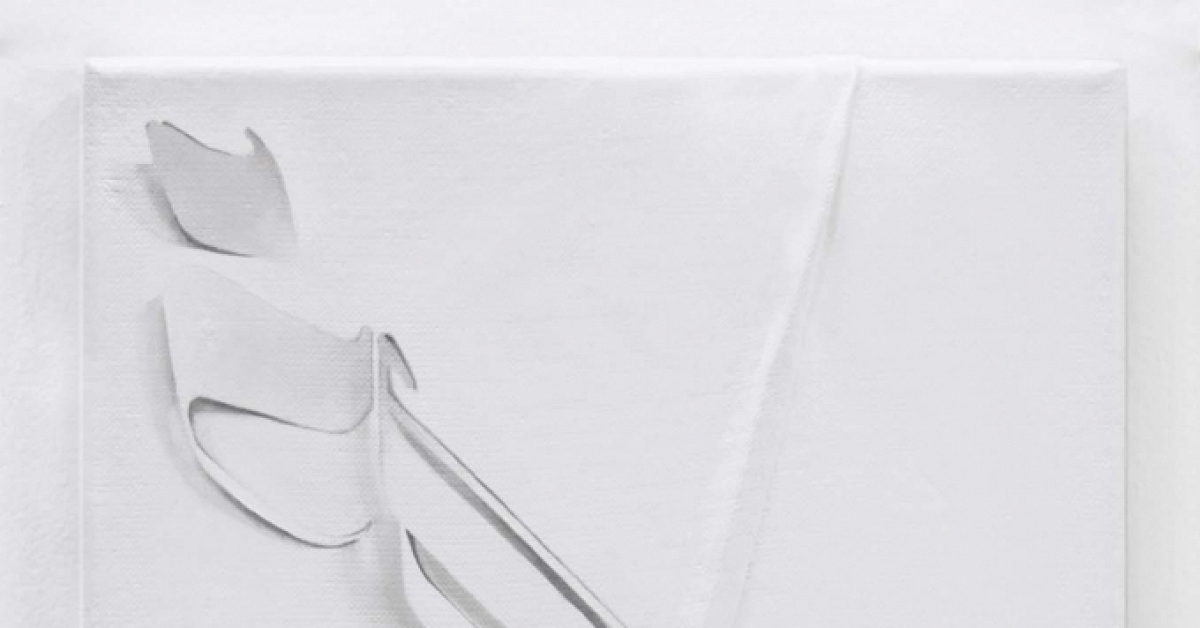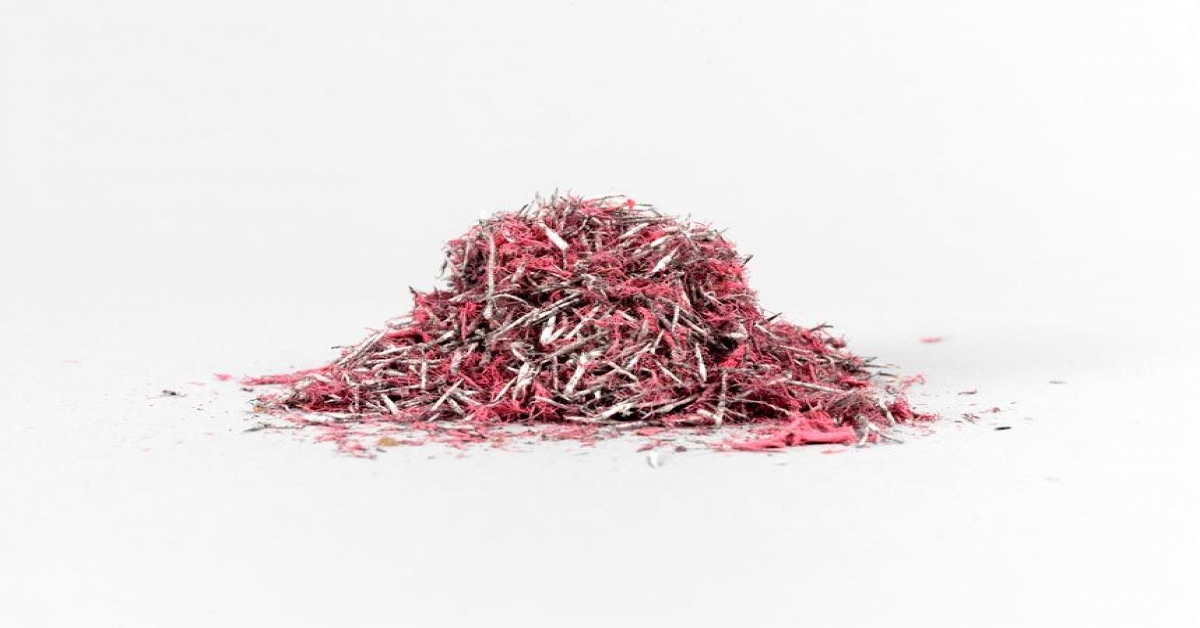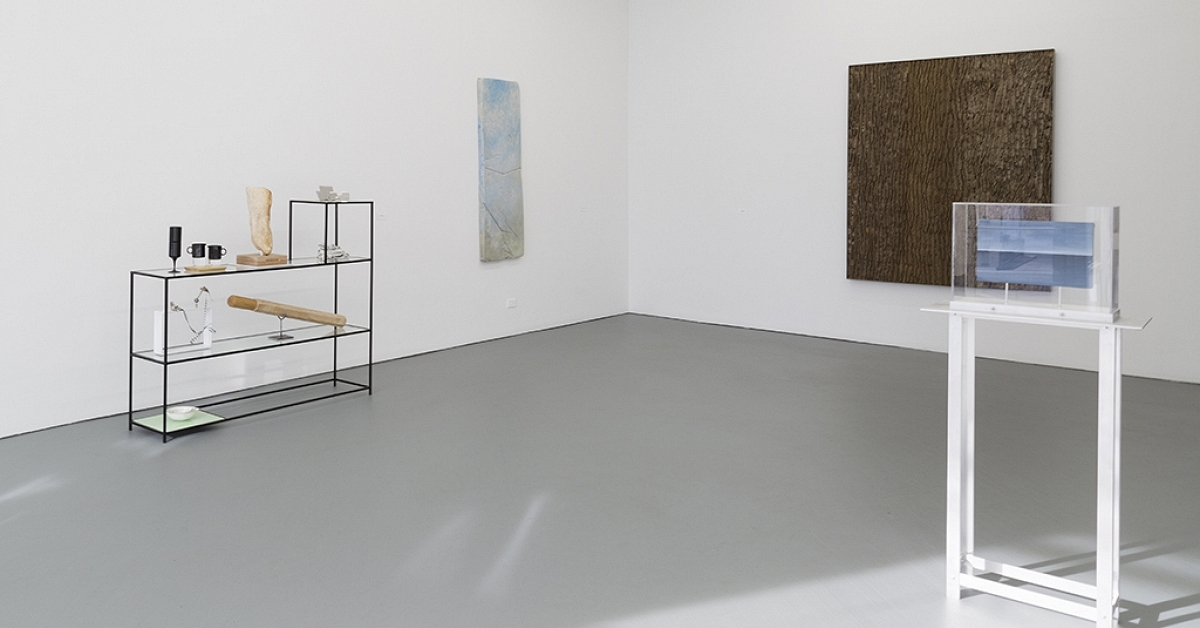Brittany Nelson: The Year I Make Contact at Morgan Lehman
Collector Daily / Jan 26, 2016 / by Loring Knoblauch / Go to Original

Brittany Nelson: The Year I Make Contact at Morgan Lehman
JTF (just the facts): A total of 25 black and white photographs, both framed in white and unmatted and mounted unframed, and hung against white walls in the main gallery space. 4 of the works are chromogenic prints face mounted to plexi, and made in 2015 and 2016. These prints are sized 40×40 (in editions of 5) or 72 x72 (in editions of 3). The remaining 21 works are unique tintype photographs on powder coated formed aluminum, and made in 2016. 17 of these prints are sized 5×4 and then variously deep from 1 to 2 1/2 inches; the other 4 prints are sized 24×20, and are either 4 1/2 or 5 1/2 inches deep. (Installation shots below.)
Comments/Context: Experimentation with antique and alternative photographic processes has always been a rich part of the history of photography, but in the past decade or so, with the rise of the machined perfection of the digital age, a contrarian interest in reviving these hand-crafted approaches has blossomed. Rather than simply emulating the images originally made with these processes, the best of contemporary works in this genre have extended these arcane and forgotten chemistries in unexpected new directions, creating anachronistic combinations of subject matter, styling, and technical details.
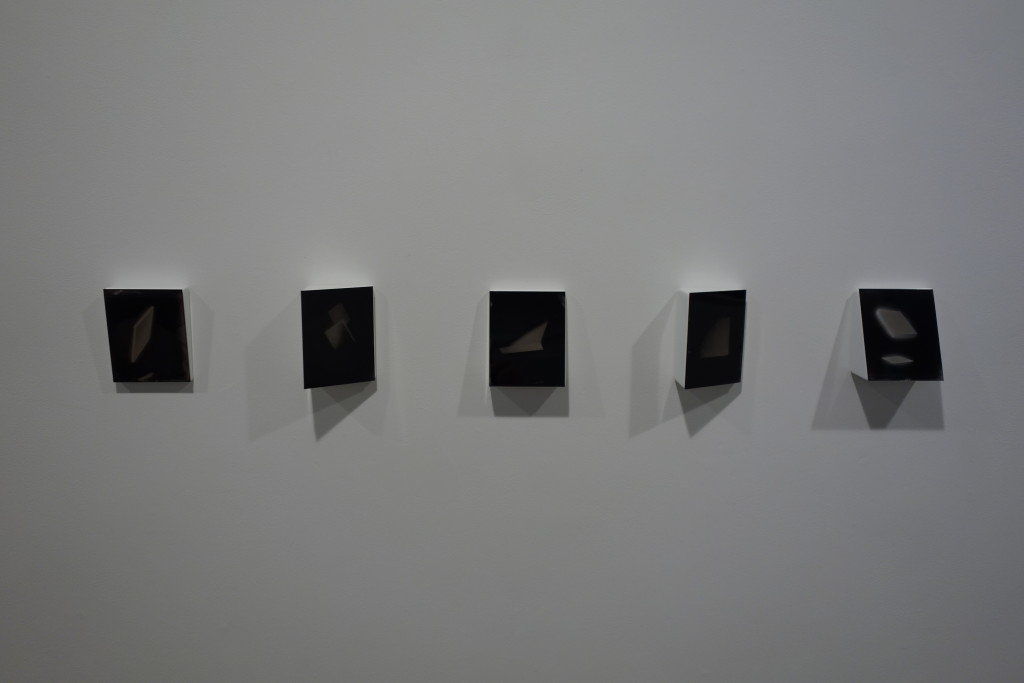
Most of the works on display in Brittany Nelson’s new show are tintypes, but not the low cost, easily shared portrait vehicle of the 19th century we might be expecting. Nelson’s works are filled with hovering two and three dimensional white rectangles, sleek computer generated forms drawn from Photoshop screen captures. The clean lines of these geometries float and twist in the dissolving shadowy darkness, further interrupted by the chance washes and the tonal degradations (toward sepia and dark brown) of the process. Many of the works are intimate single blocks that drift in and out of the glowing light, while other larger works capture multiple rendered shapes in various sizes that tumble and fly through the void. And if the conceptual contrast of old process/new content wasn’t enough, Nelson has mounted these tintypes on triangular bases that sculpturally jut outward from the wall, skewing the primary viewing angle. Seen as a series of works hung together, the muted, ghostly images shift and turn in sequence, like they are emerging from fog, their object quality and physical presence becoming important parts of how we address them.
Other works in the show unpack the mordançage process, turning enlargements of loosened emulsions distorted by various steps of chemical rising, bleaching, washing, and redevelopment into enveloping, wall-dominating abstractions. The all-over blackness in each of these nuanced images becomes a study in force and texture. In one work, melting lines look like fissures and crackles, the bubbled spots a distant visual echo of the cratered surface of the moon. In another, the chemicals finger out like frost on a window pane, and pool in swirling masses like frozen lakes with foamed edges. And in the largest work (imposing in its monumental massiveness), we are drawn into degradations look like black ice, with waves and swirls undulating across the surface, and tiny cracks, lines, and spots like pinpricks of light decorating the darkness. These are chemical abstractions that are both crisply scientific and infused with a Minor White-style mysticism, where chemistry creates engaging beauty that extrapolates toward the universal.
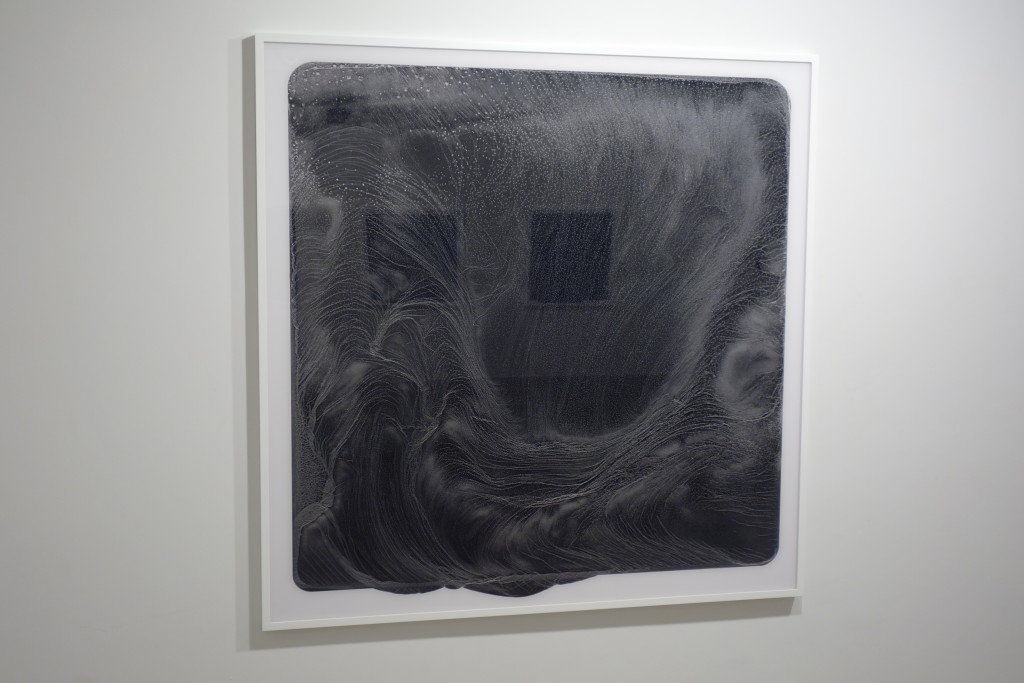
Reanimating obsolete photographic processes runs the very real risk of self-important preciousness, where conscious celebration of the antique takes on a Ye Olde Photography Shoppe kind of backward looking dullness. But Nelson’s works feel freshly contemporary – her dissections of these processes extend them to riskier locales, where their strengths can be applied to new visual problems. Her deliberate mixing of old and new technologies gives these works their dissonance, and that frame-breaking tension prevents the pictures from falling into overly easy process-for-process’s-sake resolution.
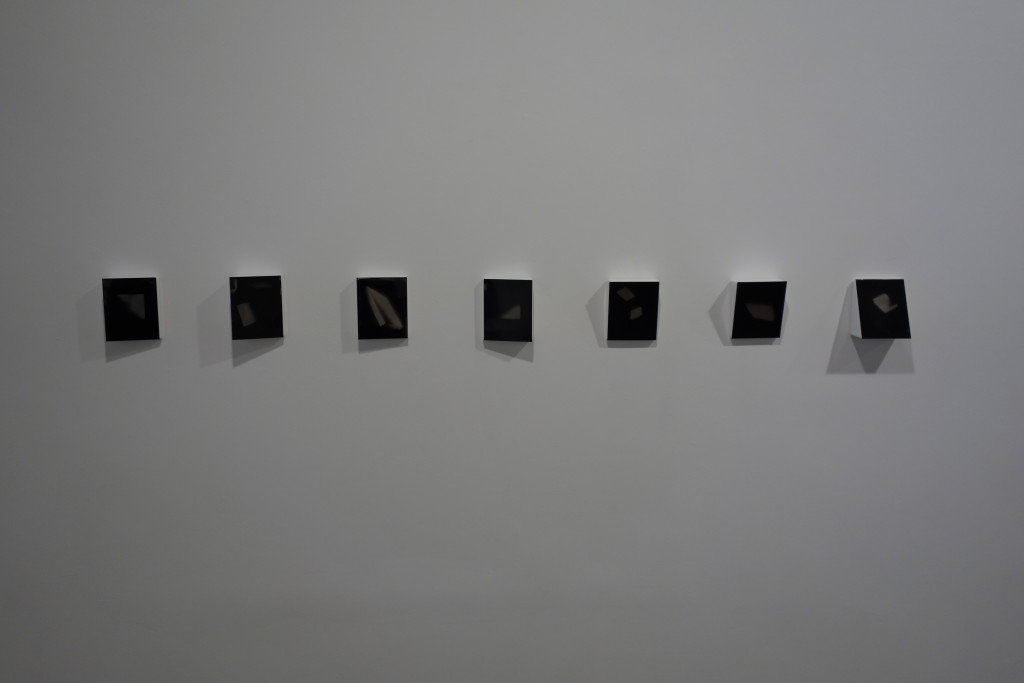
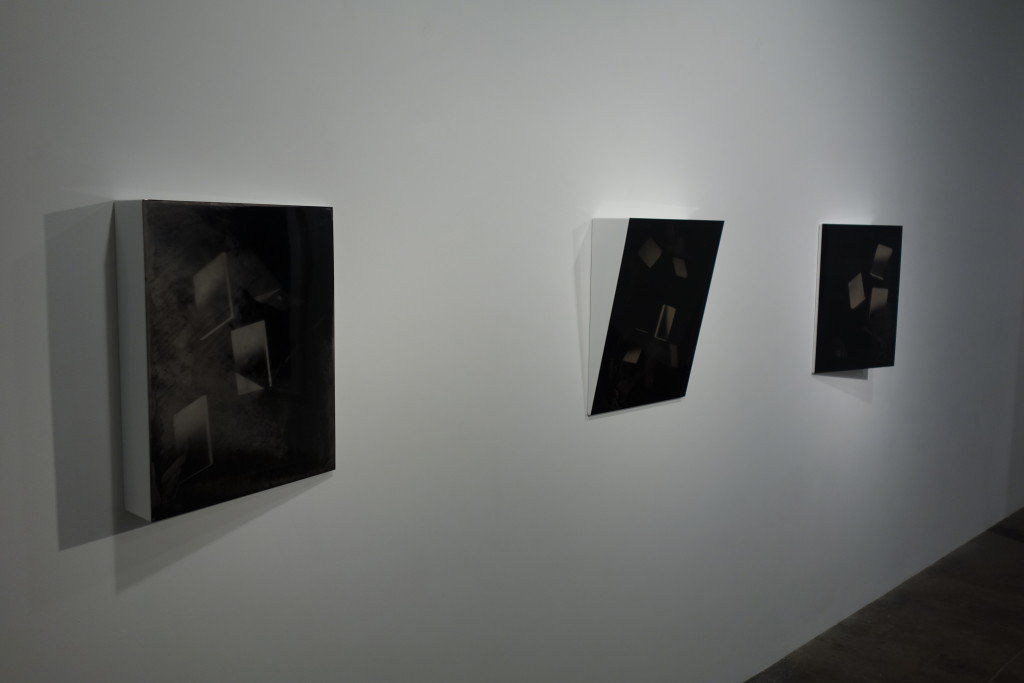
Collector’s POV: The works in this show are priced as follows. The chromogenic prints are either $7500 or $15000, based on size. The tintypes are either $1800 or $10000, again based on size. Nelson’s work has little secondary market history, so gallery retail remains the best option for those collectors interested in following up.


